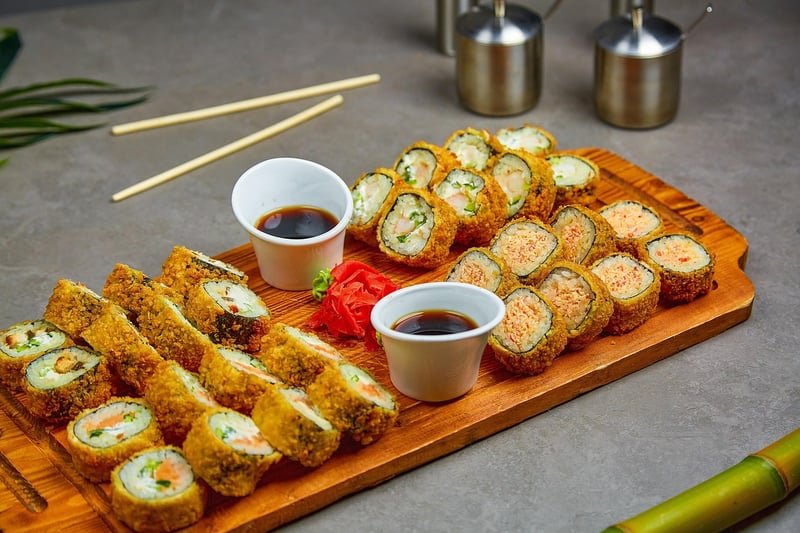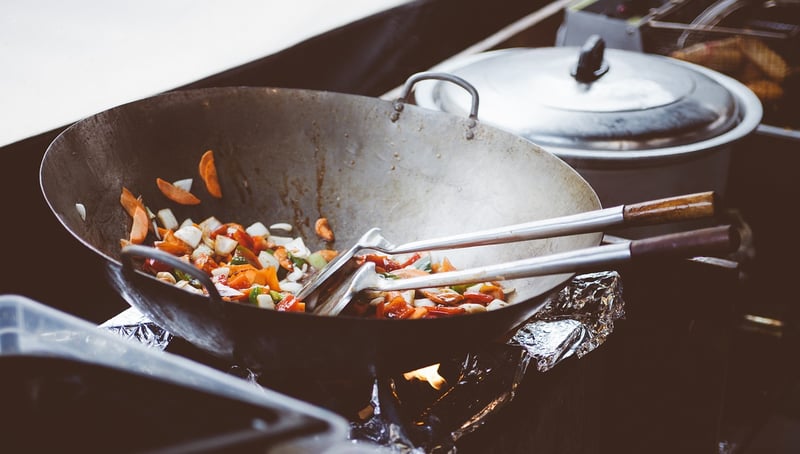Ethnic Flavors
Exploring Key Components of Ethnic Flavors
When it comes to culinary experiences, exploring ethnic flavors can take your taste buds on a global adventure. Each culture has its own unique ingredients and cooking techniques that create distinct and flavorful dishes. Let's delve into the key components that contribute to the richness and diversity of ethnic flavors.
1. Spices and Herbs
Spices and herbs play a vital role in defining the flavors of different cuisines. From the fiery heat of chili peppers in Mexican dishes to the aromatic blend of garam masala in Indian curries, these ingredients add depth and complexity to the food.

2. Sauces and Condiments
Sauces and condiments are often the secret behind the bold flavors in ethnic dishes. Whether it's the tangy tamarind sauce in Thai cuisine or the savory soy sauce in Japanese dishes, these additions elevate the taste profile of the food.

3. Staple Ingredients
Every cuisine has its staple ingredients that form the foundation of many dishes. From rice in Asian cuisine to cornmeal in Latin American dishes, these basic components are versatile and essential in creating authentic flavors.

4. Cooking Techniques
Cooking techniques vary widely across cultures and significantly impact the final taste of the dish. Whether it's the slow cooking method in Mediterranean cuisine or the quick stir-frying in Chinese dishes, these techniques contribute to the unique flavors of each cuisine.

5. Cultural Influences
Cultural influences, such as historical traditions and regional customs, greatly shape the flavors of ethnic cuisine. The fusion of different culinary practices and the use of locally sourced ingredients contribute to the diversity and authenticity of flavors.

Exploring ethnic flavors allows you to appreciate the rich tapestry of global cuisine and expand your palate with exciting tastes and aromas. So embark on a culinary journey and savor the world on a plate!
